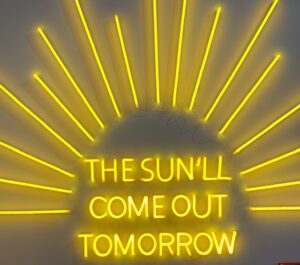
BY GLEB TSIPURSKY
By assessing the personality traits of their team members and adapting hybrid work arrangements to fit their needs, managers can optimize team-member performance in a win-win for all.
Many employees excel in hybrid or even fully remote work settings, outperforming expectations to deliver outstanding results. Others in the same roles struggle to work effectively outside the office, even if they have the same home office arrangements and are deemed equally talented by their managers.
Having helped 21 organizations figure out successful hybrid work arrangements and written a book on the topic, I can confidently state that employee personality differences represent one important driver of these seemingly random performance differences. My consulting clients found that by matching hybrid work arrangements to the relevant personality traits of their workers, they can optimize employee performance, resulting in a win-win for everyone involved.
MEASURING EMPLOYEE PERSONALITY
In assessing personality, it’s vital to use the right measurements. Avoid using tests that research shows poorly predict job performance despite their popularity, such as DiSC and MBTI. As the Harvard Business Review reports, “due to limited predictive validity, low test-retest reliability, lack of norming and an internal consistency (lie detector) measure, etc.,” they fail to predict job performance effectively.








